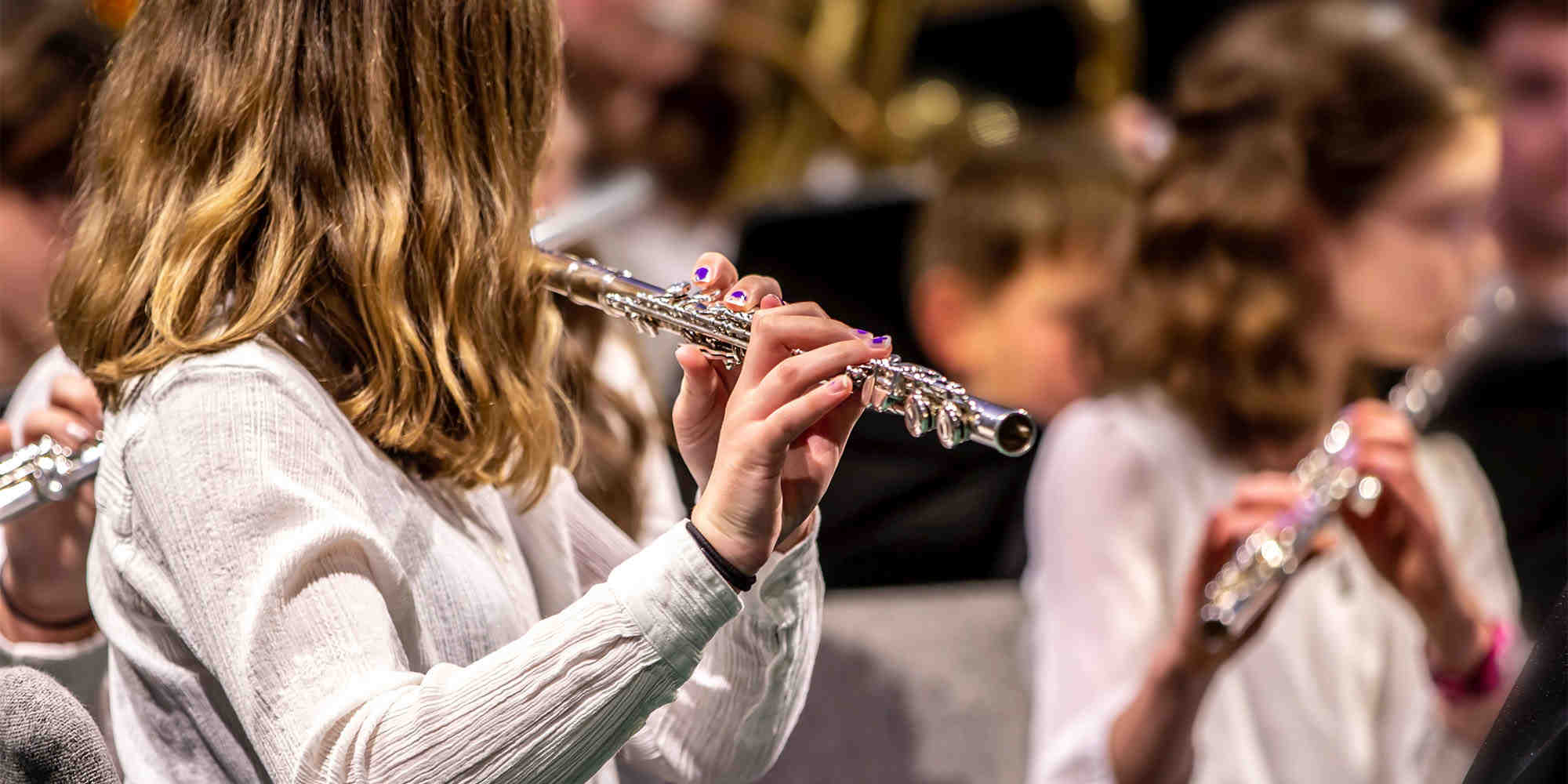Sound: The Foundation of Music

Violinist and teacher Moshe Hammer is admired for his artistic style and vibrant tone.
The sound we produce is the direct result of how we move the air.
All music and all it communicates needs airwaves to reach our ear.
How do we produce a sound? How do we move air to generate a musical sound? Depending on the instrument, we breathe in, breathe out – vibrating our vocal cords; hitting resonant surfaces; plucking or hitting strings; or drawing a bow across strings.
In short, to make sound, we move air. To make controlled sound – or music – we move air in a controlled manner. Compare the sound of traffic (or noise) to a beautiful trumpet melody.
Practice three steps to a successful sound production
1. Listen to the sound you produce.
This means to listen objectively. We hear much more when listening to someone else’s playing, so, listen to your own sound as if it were another person’s playing.
What do you like about the sound you create? What don’t you like?
2. Pay attention to your body.
Focus especially the parts of your body that move sound waves: your arms (or just one of them) lungs, legs and others.
As the sound happens, be aware how your body feels. Does your arm move easily? Are you breathing naturally? Are you forcing air out? Are your shoulders stiff? Keep checking your body as you play.
3. Connect the first and second points.
Identify exactly what your body is doing when you produce a specific sound. If you want a more beautiful sound, you have to remember – or change – that specific motion.
Director of Toronto's Hammer Band youth program, Moshe Hammer has traveled the world enthralling audiences as a soloist and as a chamber-musician. A tireless innovator, he has recently developed a technique for teaching high-level concert training to advanced students over the Internet.






